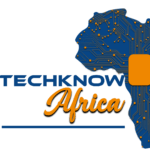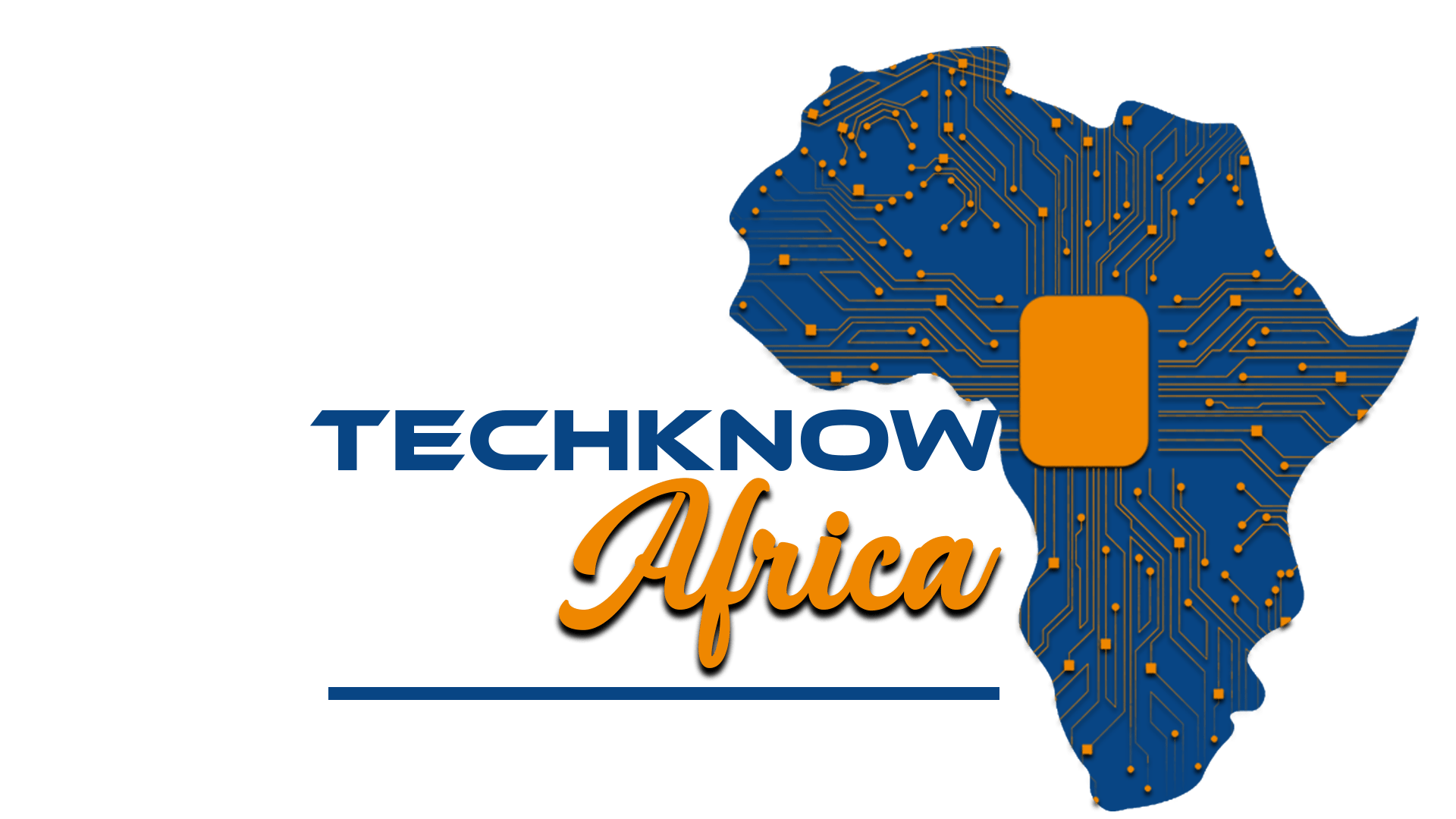LCSolutions Kenya (LCS) has recently approved the Smartfarm project to move forward for project
initiation.
The motivation of the project came about as we were discussing how to make farming easier,
approachable and a go-to solution for Kenyans, in a country whose backbone is the agricultural sector.
Specifically, we decided to tackle both open field and green-house farming, which we saw was an
emerging issue since most agricultural innovation majorly focused on green-houses, while more than
40% of land in Kenya is used for agriculture: of which a greater percentage is open field farming. In
taking up this project we aim to achieve sustainable agricultural practices and with the end-goal being
food security, we will have tackled U.N’S Sustainable Development goal no.2 which is to end hunger,
achieve food security and nutrition and promote sustainable agriculture.
This project will result in the development of innovative farming integration software and supports
LCSolutions’ corporate strategy of providing progressive solutions to clients which improve productivity
in both the workplace and farm environment. While farming technology software is currently available,
LCS believes that new technological developments will enable our team to develop a solution far
superior to what is currently available.
LCS has been successful in gaining prospects because of its aggressive pursuit of product quality, ease of
use, flexibility, and customer service. Additionally, customers understand that our products may be
applied to a wide range of uses for business and agricultural functions. By leveraging our reputation for
superior quality and user-friendly products, and capitalizing on new technology, LCS can position itself as
the premier provider of effective and easy to use innovative farming systems in today’s marketplace.
GOALS
- Create software systems and integrate with hardware that enable the system to automate
agriculture and in the process obtain data from the farm on which the system is installed. - Developing smart systems that use the data collected to give insight to farmers on good
agricultural practice and useful information like what crop would do well in the given conditions
and what the famer might do presently to greatly improve crop production with minimal
resources. - Make this system affordable and adaptable to all farmers .In this way the company will tackle
SDG no.2 of achieving food security using sustainable agriculture.
SPECIFICATIONS
The project consists of two major parts:
i) Hardware
This consists of an array of sensors, Raspberry pi, Arduino microcontrollers, nodemcu an LCD display
and others.
The project its entirety is powered by solar energy. The solar panel also has a solar tracker system
implemented for maximum energy collection.
To also save on consumption of energy we implemented a timeout system where the sensors and
components only turn on for a maximum of one-minute every hour to take the necessary measurements
then shut down. This ensures the system consumes minimal energy and can run 24/7 at optimum levels.
ii) Software
This consists of the web application. On it are the various pages including one that takes the data
collected from the field and converts it to a dashboard display that is understandable to anyone without
need of technical knowhow. Information like temperature, soil moisture, humidity, light intensity etc. It
also displays the day’s weather forecast that is obtained from weather APIs.The system takes into account
weather forecast when coming up with an irrigation schedule.
For the irrigation aspect; we use all the sensors n conjunction with each other to determine the deficit of
moisture in both the soil and atmosphere. The system using this information computes the amount
required by the crop throughout its growing system all the way to harvest and adjusts its supply
accordingly.
The second page is a display of action buttons that are the essence of the system. Actions like turning
ON/OFF the water pump. It also contains an automated schedule for the system that automatically turns
the pump on or off at intervals that the system itself makes depending on the collected data of the farm. It
also shows reports on water usage in the farm ranging from daily to weekly to yearly. This helps the
farmer know the consumption of the farm and adjust resources accordingly.
There was also the issue of different crops being planted by different farms. For this issue we
implemented a page containing crop profiles for over 19 varieties of the most common crops grown in
Kenya. When a profile is selected the system automatically takes the crop requirements and reconfigures
the system to fit the crop specifications.
MILESTONES
Completion
The project was completed on the 12th of November 2021.Production of the first prototype was done and
displayed to prospect clients and investors at the JKUAT TECH EXPO 11,where it garnered attention and
recognition from various people including C.E.O of K.E.N.I.A and C.E.O of IlockIt.The latter contacted
us later on and we are still in talks.
Deployment
We were able to get the interest of a farmers’ Sacco in Rongai where the first prototype has been installed
as of 18th December 2021.Once satisfied with the output of the system and viability, we are confident the
system will make its way into mainstream agricultural practices as it reduces on usage of resources on the
farmer’s side while maximizing on output













